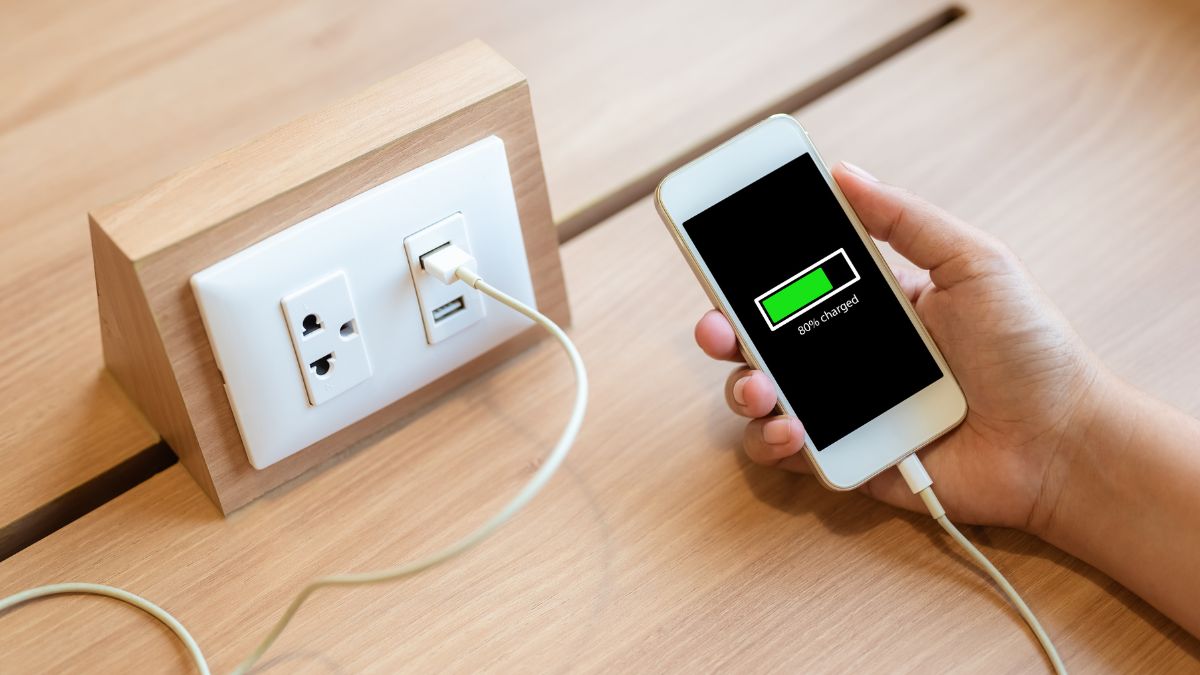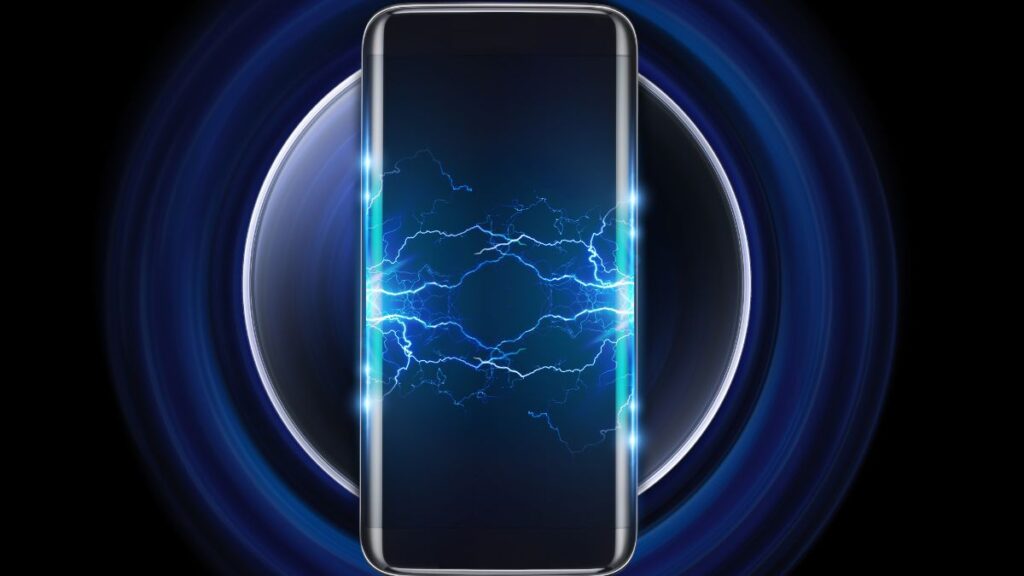There is a growing demand for dependable power sources to recharge batteries and keep electronic gadgets operational as we become increasingly dependent on them to run our personal and professional life. Many laptop users are accustomed to using regular chargers, which is partially to blame for the confusion they face when they need a backup charger at home or in the office, or when their factory charger dies.
It is true that our friends and family ask many questions and that they usually go around. For instance, is it possible to charge a battery using a different charger that produces the same voltage? Does voltage really matter when charging battery? Let’s find out.
Understanding the relationship between voltage and battery charging
Yes, it does matter. Power is pushed by the power supply in the form of voltage. In order for your new charger to function properly, you must match the voltage output. When replacing a charger with a higher voltage, look for one with the same output voltage, for instance. It is possible to shorten the lifespan of your battery or your device by using different voltages

It is common to find 220V input voltage overseas, whereas 110V is used in the India. In order to have the most charging options and maximum flexibility, we suggest getting a power adapter that works with voltages between 100 and 240 volts. Most modern chargers have this capability built in, but beware of low-quality imitations that may only have a single input.
Using a layman’s language, voltage corresponds to pressure and the amperage to volume. Basically, you need volume or amps in order to fill up the bucket quickly and completely. Even though this example is exaggerated, it is applicable to your mobile device. In order to get a fully charged battery in a second, you cannot increase the voltage dramatically and expect it to work without causing damage. You could literally blow up your device. In addition, your battery’s existing charge should not resist incoming charge if the pressure is too low. It is necessary to balance the hose’s size with the pressure behind the hose. Thus, voltage matters when charging your battery.
How does using the wrong charging adapter affect voltage?
In an ideal situation, your device and adapter should have the same voltage, polarity and current. Occasionally, however, a power adapter that is incompatible with your device can be used. Each scenario has its own set of expectations:
- Low voltage -Adapters with lower voltages but same currents may work, albeit erratically, if their voltage is lower than the device. Low voltage affects devices differently depending on their complexity. Using a speaker, for instance, might work, but it probably won’t be as loud. An under-voltage condition can result in more sophisticated devices malfunctioning and shutting down automatically. Under-voltage conditions won’t usually harm your device or shorten its lifespan
- High voltage– When a device detects an overvoltage, even though the voltage is higher but the current remains the same, it will likely turn off automatically. In the absence of this, the device may become overheated, resulting in shortening its life span or immediate damage to the device.
You can verify that your devices are protected and charged properly by checking their manuals or tags. Alternatively, you can search Google if you don’t have either handy. It is not true that charging at a higher wattage will lower phone battery life or destroy your phone. Chargers with higher wattages simply charge faster.
As a result, it is crucial that the charger and the device have the same voltage. It makes no difference if the power source or charger can supply adequately more current than the device demands. If you provide less current, the charger will not be able to charge; similarly a poorly designed charger will not be able to charge or will slow it down as well.
Also read,

